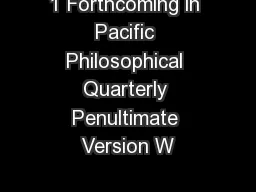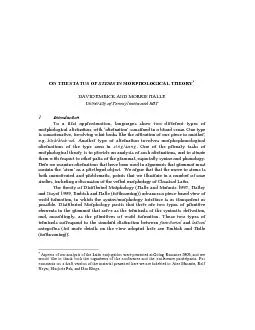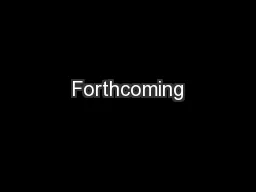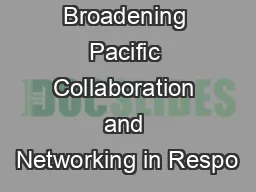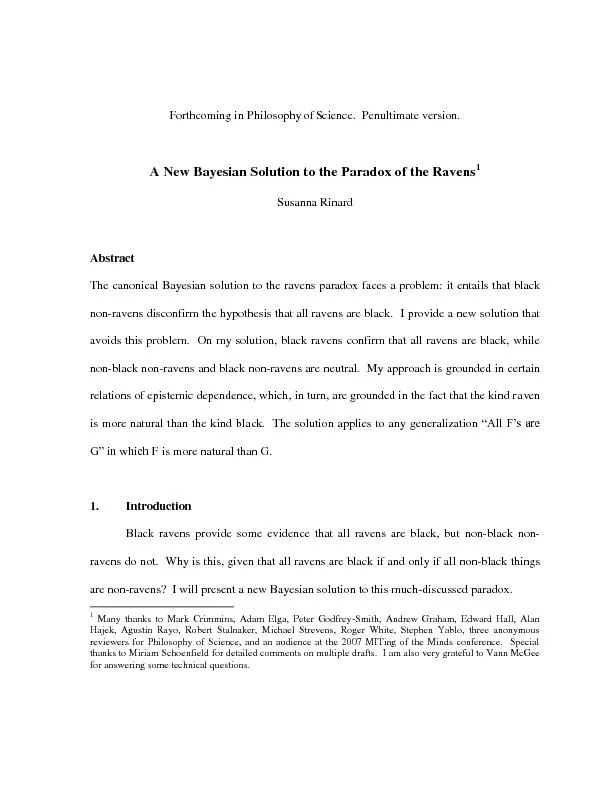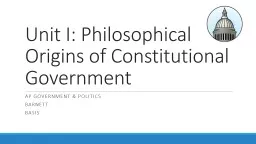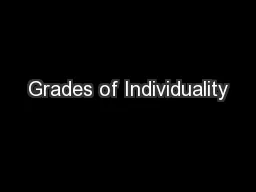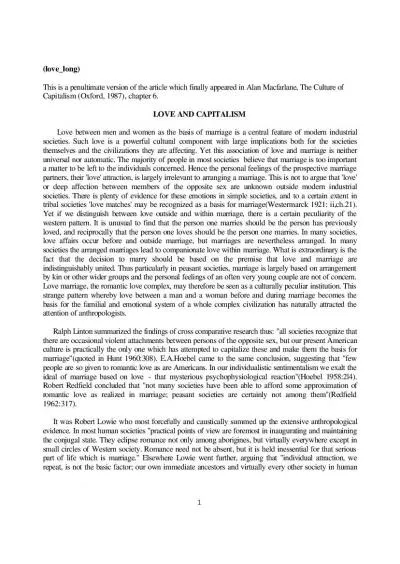PDF-1 Forthcoming in Pacific Philosophical Quarterly Penultimate Version W
Author : min-jolicoeur | Published Date : 2016-06-15
2 Theatrical pretense Tom Hanks yells at a volleyball Why He is pretending to lose his mind during the filming of Castaway He is not trying to make anyone believe
Presentation Embed Code
Download Presentation
Download Presentation The PPT/PDF document "1 Forthcoming in Pacific Philosophical Q..." is the property of its rightful owner. Permission is granted to download and print the materials on this website for personal, non-commercial use only, and to display it on your personal computer provided you do not modify the materials and that you retain all copyright notices contained in the materials. By downloading content from our website, you accept the terms of this agreement.
1 Forthcoming in Pacific Philosophical Quarterly Penultimate Version W: Transcript
Download Rules Of Document
"1 Forthcoming in Pacific Philosophical Quarterly Penultimate Version W"The content belongs to its owner. You may download and print it for personal use, without modification, and keep all copyright notices. By downloading, you agree to these terms.
Related Documents

